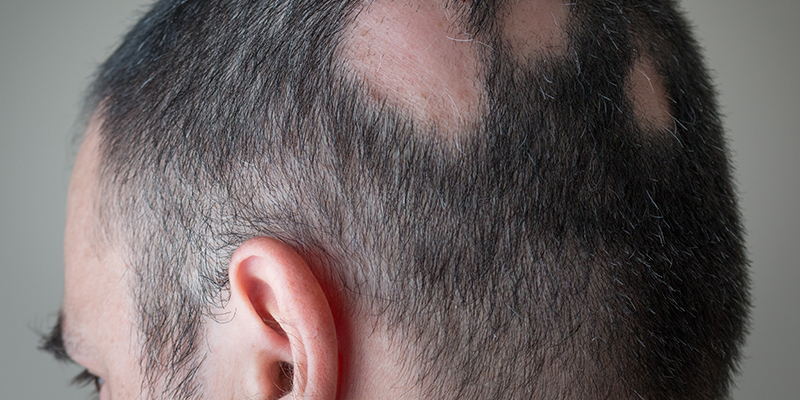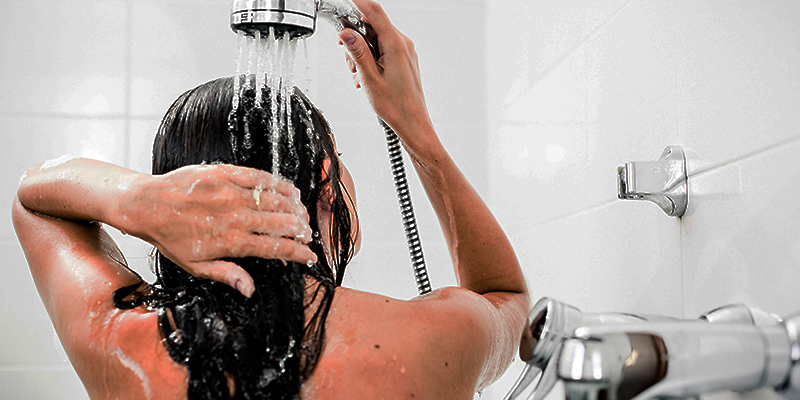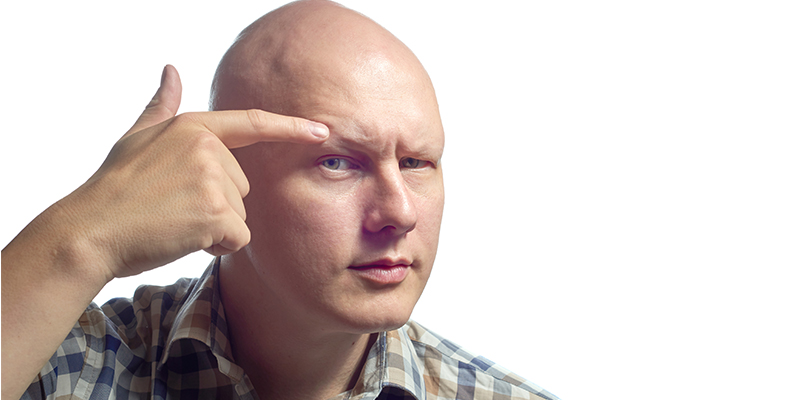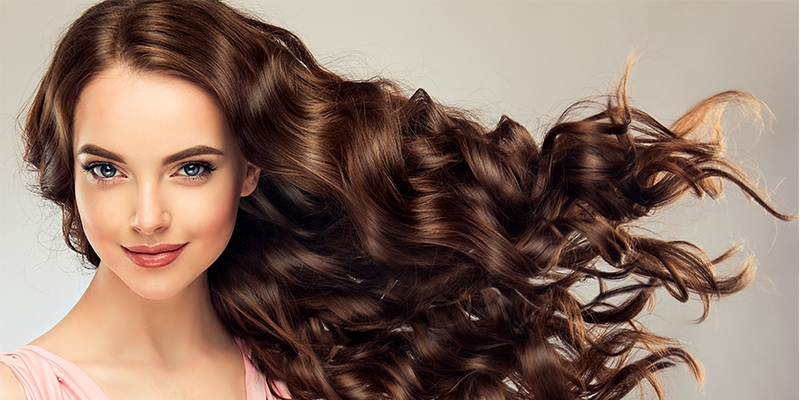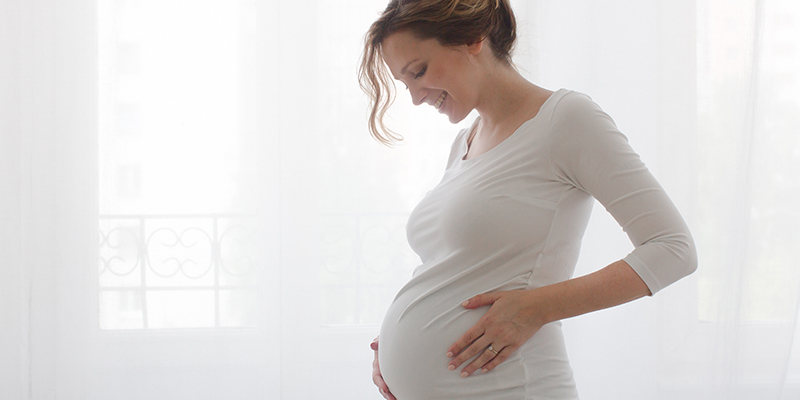Traction Alopecia – Causes, Treatment And Prevention
Hair loss can be really distressing especially when you know that your hairstyle is largely responsible for that. If you have suffered from unusual hair loss due to excessive pulling of the hair, then you are not alone. This form of acquired hair loss condition is medically termed as Traction Alopecia. It was first described in 1907 in some subjects from Greenland who developed hair loss due to tight ponytails.
What Is Traction Alopecia?
Traction Alopecia is a form of hair loss that occurs due to increased tension in the hair follicle resulting from unusual pulling of hair. Traction Alopecia is usually contributed due to distinctive hairstyles such as wearing tight ponytails, buns, tight braids, dreadlocks. The prolonged wearing of such hairstyles put a lot of pressure on the hair shaft and hair follicle resulting in gradual hair loss.
Traction alopecia can affect adults as well as children. People with long hair have also shown the prevalence of traction alopecia due to the repetitive tension caused by the weight of hair. The chances of traction alopecia increase with age as hair follicles start getting weaker and more prone to hair loss.
What Are The Causes Of Traction Alopecia?
Here are the most common causes of traction alopecia –
- Tight hairstyles such as braids, ponytails, cornrows, dreadlocks, weaves, man buns etc. which exert a force on the hair follicle and pull them out.
- Twisting hair manually or in certain hairstyles such as twist buns for a prolonged time period
- Excessive use of hair styling creams or chemical treatments such as permanent hair straightening
- Frequent use of hair styling tools such as rollers overnight
- The habit of pulling out hair while stressed
- Tight helmets, wearing headgears or caps that may cause traction
- Wearing tight elastic hair ties or hair clips that apply pressure on the scalp
- Use of hot combs for styling
- Frequent use of hair extensions.
Must Read: Top Hair Grooming Mistakes To Avoid
What Are The Histological Findings In Traction Alopecia?
The historical findings were compiled by taking the skin biopsy from an area of a patient with traction alopecia and useful findings were made on the basis of the stage of progression –
Early stages showed the presence of
- Trichomalacia or thinned out hair
- Preserved sebaceous glands
- Normal number of telogen follicle
- Increased number of catagen and telogen hairs
Late stages showed the presence of
- Fine and short hair or vellus hair development
- Reduction in sebaceous glands and terminal hairs
- Mild to absent inflammation
Classifications Of Traction Alopecia
Traction alopecia can be classified on the basis of the severity of the condition and extent of hair loss. There are two different ways to classify traction alopecia –
- Acute Traction Alopecia occurs when the hair gets pulled out suddenly after a traumatic injury such as in case of a motor vehicle accident. It produces similar symptoms to hair pulling disorder or traction alopecia.
- Chronic Traction Alopecia is caused due to repetitive tension on hair follicles due to certain hairstyles such as tight braiding, cornrows, tight ponytails or wearing elastic hair ties. Chronic Traction Alopecia is synonymous with common traction alopecia. It can be further classified as Reversible and Irreversible traction alopecia on the basis of damage caused by hair styling.
Going bald or facing hair fall? Know more –
Symptoms Of Traction Alopecia
Apart from unusual hair loss, traction alopecia shows many other symptoms to help us understand the causes of hair loss better. The following symptoms that appear due to possible damage of hair follicles and inflammation are –
• Thinning of hair
• Multiple broken hair
• Itching on the scalp
• Bald patches
• Inflammation or redness of the scalp
• Formation of red bumps or scaling on the scalp
• Hair loss especially at the front or crown area
• Widening of hair partition
• Discomfort on the scalp from sweating
Must Read: What Are The Early Signs And Symptoms Of Hair Loss?
Are You At Risk?
Traction alopecia can affect men and women of all races. Certain races especially Africans are more prone to getting traction alopecia. The epidemiological studies have shown that traction alopecia is more prevalent in the people of African descent because of their traditions of putting hair in dreadlocks or braids.
Other cultures that experience traction alopecia in India include Sikh men and women who wear their hair in tight knots underneath the turban. In addition, gymnasts, military personnel, Caucasian ballerina wearing a tight bun for years are more prone to developing traction alopecia.
Is It Permanent?
Traction alopecia is temporary but may lead to permanent hair loss if it is undetected or not treated properly. The early stages of traction alopecia can be reversed by reducing the stress on hair. It can be done by changing habits of hair styling. But if the condition has progressed to chronic traction alopecia leading to permanent damage of hair follicles, then it cannot be reversed.
Treatments For Traction Alopecia
The most popular treatment options for this condition are –
- Antibiotics – Antibiotics are prescribed by the dermatologist to prevent infection caused by mild to moderate level of traction alopecia.
- Medication – Medications in the form of pills, tablets, medicated shampoos and creams are prescribed by the dermatologist to treat the early signs of traction alopecia. Finasteride and Spironolactone are two popular medicines to reduce hair loss. Apart from that, medicated shampoos can help reduce scalp infection and inflammation.
- Steroids – The dermatologist may suggest intralesional or topical steroid treatment depending upon the nature of hair loss. Steroids are injected directly into the scalp to strengthen hair follicles. They are also helpful in healing any inflammation or redness of the scalp. Some steroids can immediately boost hair growth.
- Biotin Supplements – Biotin supplements are prescribed to treat traction alopecia that resulted in hair folliculitis. Besides that, the dermatologist can also prescribe oral antibiotics to be taken along with the supplements and heal the damaged follicles faster.
- Topical treatments – Minoxidil is the only topical alopecia cure approved by the US FDA and prescribed by the dermatologists to treat hair loss caused by traction alopecia. It comes in foam or solution form and is easily available in the market. Some 2 to 5% concentration of Minoxidil solution is considered safe to be applied directly to the scalp although it should be prescribed by the dermatologist upon a thorough examination. Minoxidil should be applied only on the places where hair growth is scarce or else it can cause hair growth in unwanted areas such as the forehead or sides of the cheeks. It is available in the market under the brand name Rogaine.
- PRP Therapy – Platelet Rich Plasma therapy is an advanced technique that uses the patient’s own blood platelets for hair regrowth. The blood plasma extracted from the patient is activated and injected into the patient’s scalp to stimulate dormant hair follicles. The activated plasma is rich in growth factors that help in growing new hair naturally by activating the dormant hair follicles. PRP therapy shows a high rate of success and faster improvements.
- Laser therapy – Laser therapy uses laser light energy to stimulate hair follicles for new hair growth. It has shown promising results making in no downtime making it a preferred option for treating hair loss. The light beam of certain defined frequency is targeted on the affected area of the scalp and improve blood supply and circulation for new hair growth.
- Hair Transplantation – If the damage to the hair follicle is permanent and irreversible, then hair transplant is the only viable option. It is an invasive procedure done under stringent conditions by an experienced dermatologist and works best against signs of permanent traction alopecia or when it is too late. The grafting of hair follicles is done in areas where hair thinning or bald patches are prevalent. Also, it is helpful for people having visible scarring due to traction alopecia.
Watch now – what are the best hair fall treatments available in India?
How Long Does It Take Hair To Grow Back?
Traction alopecia gets reversed within 6 months if proper treatment procedure is followed. In most cases, it takes 4 to 6 months whereas in severe cases, it may take up to 1 year to completely heal the damaged hair follicles and regrow hair.
How To Prevent Traction Alopecia?
If you have started seeing the early traction alopecia signs or symptoms, it is important to start following good hair styling habits that can prevent further damage to the hair follicles. Some common practices to prevent traction alopecia are –
- Change your hair styling habits and wear low to moderate risk hairstyles such as loose ponytails, loose braids, wigs with satin or cotton wig caps etc.
- Leave your hair down instead of high and avoid making a tight or twisted bun.
- Try to change your hairstyle frequently, for instance, keep changing the location of the bun or ponytail.
- Avoid using heat rollers or other such accessories that can put pressure on the hair follicle
- Wear loose braids especially around the hairline
- Never sleep in rollers especially never wear them overnight if needed wrap or curl your hair
- Do not use tight elastic rubber ties or rubber bands
- Avoid using hair extensions that can take a toll on the hair root. If needed, get them from an experienced beautician while taking care of your natural hair
- Do not comb your hair when they are wet
- Use a satin or silk pillowcase instead of a cotton one
- Avoid using heat-based hair appliances such as hair straightener, blow dryers, curling iron etc. at high temperatures. Use them in moderation if needed.
- Use right wigs by ensuring that it is made up of skin-friendly material such as satin or cotton to minimize friction on the scalp.
Must Read: How To Repair Damaged Hair?
FAQs
- How Do I Know If You Have This Condition?
If you being to experience unusual hair loss every day which is more than normal due to suspected hair styling then it is a sure sign of this condition. Also, if you notice hair loss in evident amounts coupled with inflammation of the scalp, blisters, redness of scalp, itching or physical tension then it may also indicate traction alopecia. - What Are The Clinical Features?
The clinical features of traction alopecia include – itchiness or redness of the scalp, inflammation, blistering, folliculitis, infection of the scalp, soreness, bumps on the scalp, scaling, headache etc.






